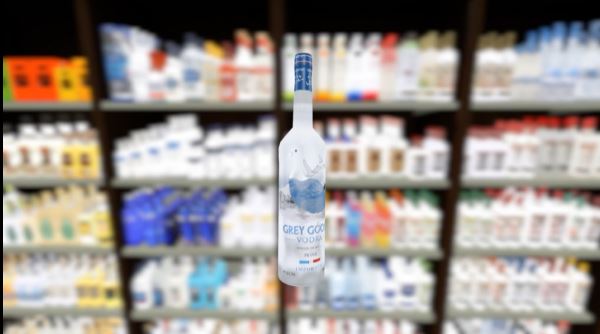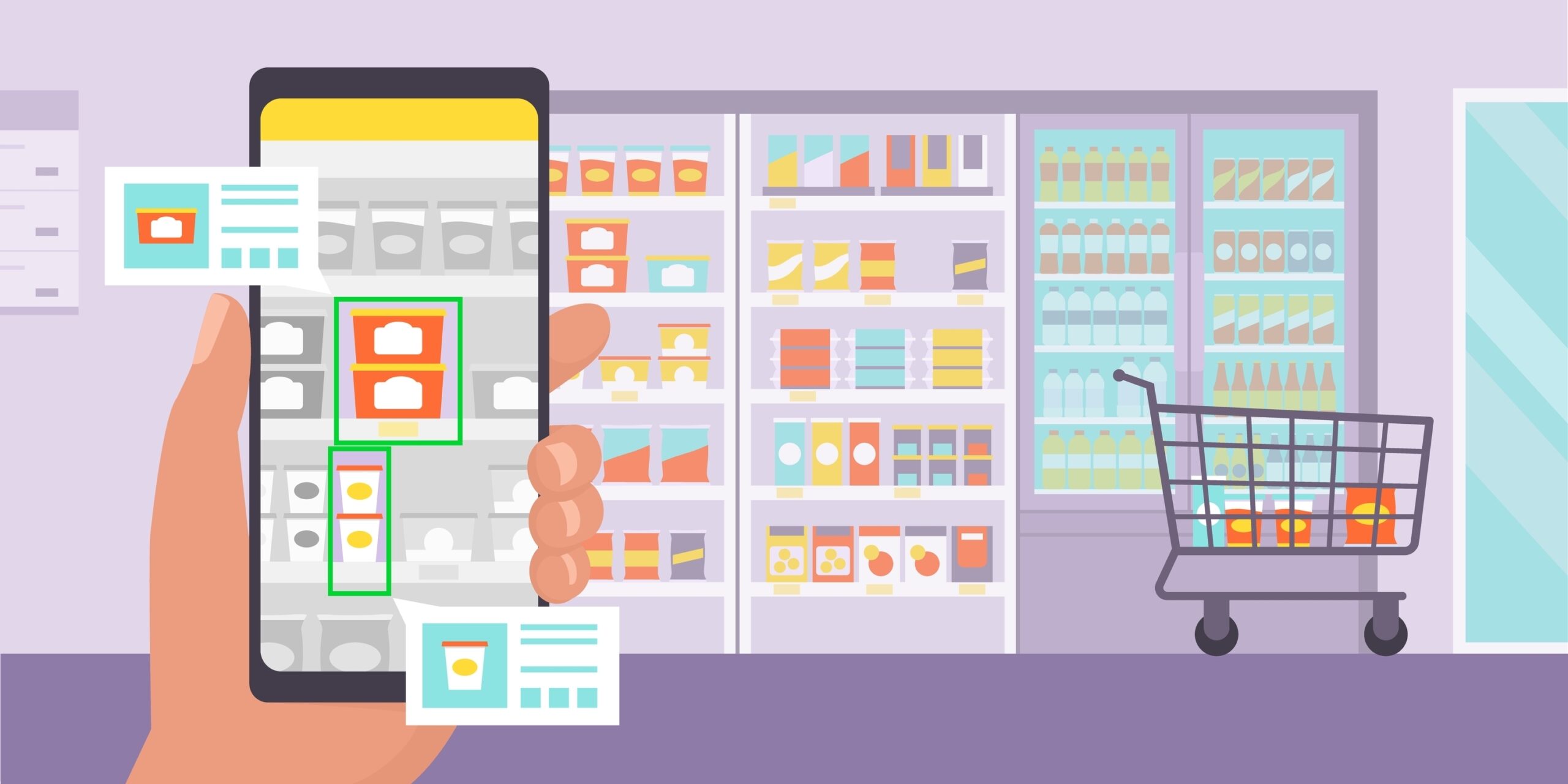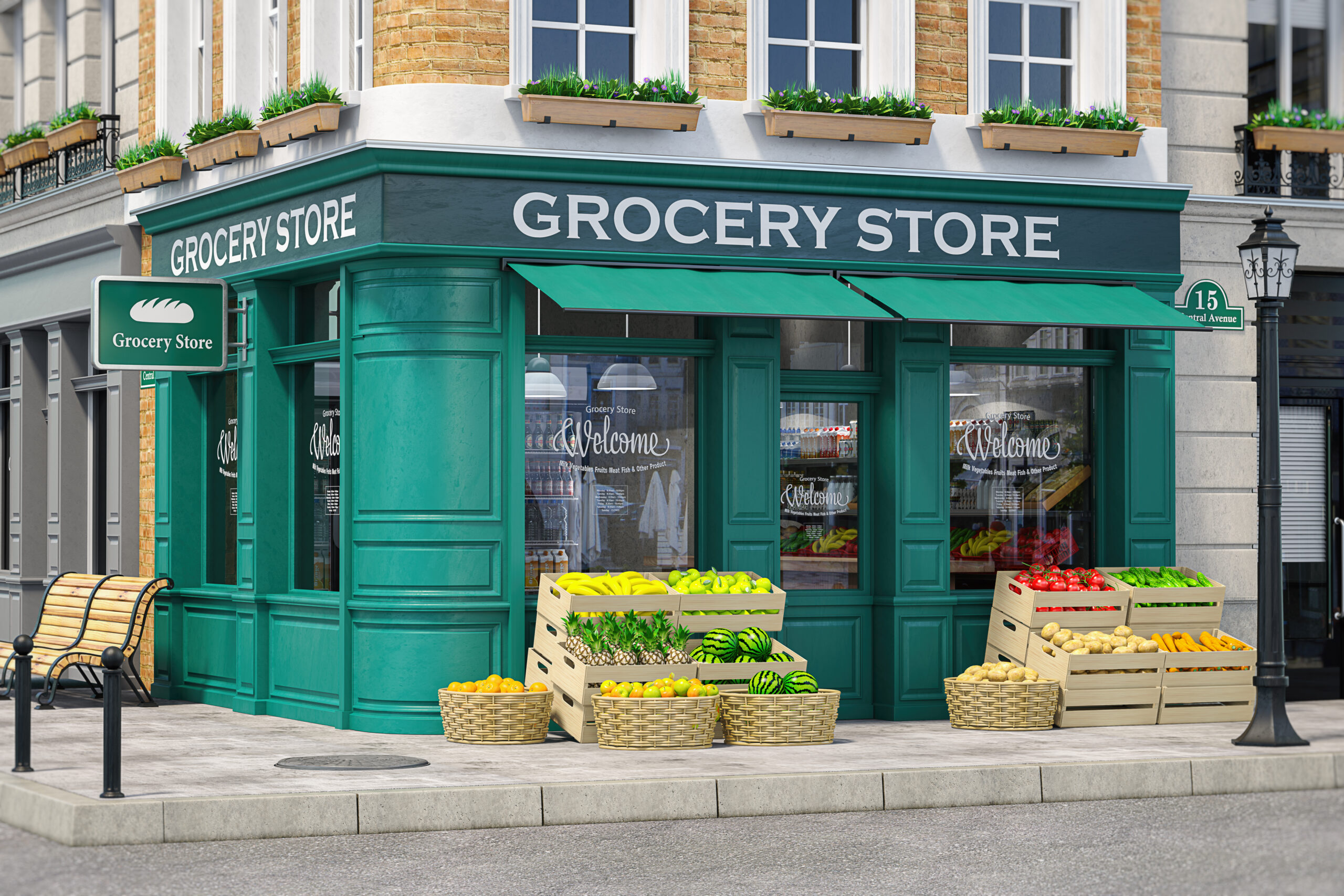The way consumers shop for groceries has fundamentally changed. Hybrid shopping—where customers move between in-store and online channels—is now a dominant behavior in retail. With this shift, shoppers expect a digital experience that mirrors the confidence they feel when browsing physical aisles. They want to examine products in detail, assess quality, and make informed choices without stepping into a store.
For grocery brands and retailers, this means static website product images no longer cut it. High-quality, interactive visuals—especially 360-degree product views—have become essential. These immersive product experiences allow shoppers to inspect packaging, read labels, and get a realistic sense of size and texture, all from their screens.
In a competitive grocery market, 360-degree product photography is becoming a necessity for boosting conversion rates, improving user experience, and bridging the gap between digital and in-store shopping.
The Rise of Hybrid Grocery Shoppers
Hybrid grocery shoppers are no longer a niche group and represent the growing new norm in grocery retail. Hybrid shoppers span multiple demographics, but research shows that certain groups are leading this shift. A study by Kroger’s data science team found that millennials and Gen Z are at the forefront of hybrid shopping habits. These consumers prioritize convenience and technology-driven shopping experiences, often using mobile apps and e-commerce platforms to research, compare, and purchase groceries. However, hybrid shopping is not limited to younger demographics. Many Gen Xers and baby boomers have also adopted digital grocery shopping, especially after the pandemic accelerated their comfort with online ordering and curbside pickup options. Although some reports show this behavior shift in Gen Xers as early as 2019.
What Hybrid Shoppers Look for in a Grocery Experience
What unites hybrid shoppers across age groups is their expectation of a frictionless experience. They want the ability to switch between online and in-store shopping without encountering inconsistencies in product availability, pricing, or information. For hybrid shoppers, the online grocery experience must replicate as many aspects of the in-store experience as possible. High-quality product imagery, comprehensive descriptions, and real-time inventory updates are crucial for helping consumers make informed purchasing decisions.
One of the biggest frustrations hybrid shoppers face is the lack of detailed visuals for online grocery items. While consumers are used to seeing multiple angles, zoomed-in views, and sometimes even video demonstrations on apparel, furniture, and other websites, grocery websites often lack sufficient imagery to convey freshness, packaging details, or portion sizes.
Beyond visuals, hybrid shoppers expect seamless fulfillment options, whether that’s buy-online-pick-up-in-store (BOPIS), curbside pickup, or same-day delivery. Transparency around delivery times, product freshness and quality, and return policies also plays a significant role in consumer satisfaction. This highlights the need for grocery retailers to bridge the trust gap by enhancing product presentation and ensuring smooth operational logistics.
Ultimately, hybrid shoppers are looking for a connected, convenient, and confidence-inspiring experience. Retailers that invest in high-quality digital experiences—especially with features such as 360-degree product views—will be better positioned to meet these rising expectations and capture this growing consumer segment.
What Are 360-Degree Product Views?
A 360-degree product views, like the those we provide at InContext, allow online shoppers to virtually rotate product images and zoom in for full-screen close-up details, providing a more detailed and engaging shopping experience than static images. This enhanced functionality enables customers to interact with products more intuitively, improving the overall shopping experience on any e-commerce website.
Unlike standard product images, 360-degree product views give consumers a fully interactive visualization of a product. By allowing users to inspect product photos, labeling, and product features from every angle via product spins, the technology replicates the ability to pick up and examine a product in-store.
For grocery retailers, this is particularly valuable for fresh foods, specialty brands, private-label items, and other products where packaging plays a crucial role, helping to instill confidence in product quality and authenticity. By leveraging modules designed for seamless integration, retailers can enhance their digital storefronts with interactive product displays that engage shoppers and drive conversions.
How Do 360-Degree Product Views Work?
These interactive visuals are powered by a combination of advanced photography techniques and digital technologies.
- Multi-angle photography: High-resolution images are captured from multiple viewpoints, then stitched together using product viewer plugins or e-commerce apps to create a seamless 360-degree effect.
- 3D rendering and digital models: Some retailers and brands opt for 3D models, which digitally simulate a product’s appearance rather than relying on photography. This approach is especially useful for businesses managing extensive product catalogs, as it ensures visual consistency across multiple SKUs and platforms without the time and cost of individual product photography.
- Augmented reality (AR) integration: Some grocery retailers and brands are incorporating interactive 3D product experiences that allow shoppers to place virtual items in their real-world environment, blending digital and physical shopping experiences.
Where Are 360-Degree Product Views Used?
Numerous grocery e-commerce platforms now feature 360-degree views.
- Retailer websites and mobile apps: Major grocery chains and e-commerce platforms integrate product visualization tools directly into their online storefronts, offering shoppers a more interactive and immersive experience when browsing products.
- Marketplace listings (Amazon, Shopify): Many online grocery sellers leverage 360-degree views within Amazon, Shopify, and other marketplaces that support rich product photography and interactive content.
- Social media and digital advertising: Brands are using GIF animations and interactive previews of their 360-degree product images on social media to increase engagement and conversions.
Why 360-Degree Product Views Are Essential for Hybrid Grocery Shopping
Integrating 360-degree product views is becoming essential for engaging hybrid grocery shoppers (as well as online-only customers). These interactive visuals not only replicate the in-store experience but also offer measurable benefits that enhance the online shopping journey.
Building Trust and Driving Conversions
- Enhancing product transparency: Shoppers seek the ability to inspect items from all angles, similar to an in-store experience. Implementing 360-degree product views provides a comprehensive perspective, reducing uncertainty and increasing purchase confidence. According to a report by Threekit, products with 360-degree views can experience up to a 30% increase in sales.
- Reducing cart abandonment: A lack of detailed visuals can lead to hesitation, resulting in abandoned carts. Interactive 360-degree images minimize uncertainty by offering detailed product insights. Studies have shown that 63% of shoppers prefer a 360-degree view of a product before purchasing it.
Bridging Online and In-Store Shopping
- Supporting Pre-store research: Nearly a quarter of consumers research products online before visiting a store. Detailed 360-degree previews help them recognize brands and packaging, making in-store shopping more efficient. This familiarity can lead to quicker decision-making and increased brand trust.
- Improving brand recognition: Exposure to interactive product views online enhances brand recall. When shoppers encounter the same products in-store, they’re more likely to trust and choose them over competitors, having already engaged with the product digitally.
Reducing Returns and Customer Complaints
- Managing shopper expectations: The Digital Bunch reports that implementing 360-degree product views can reduce product returns. That’s because accurate and detailed product depictions through 360-degree views ensure that customers know exactly what to expect.
Standing Out in a Competitive Market
- Differentiating from competitors: As the online grocery market becomes more saturated, offering superior product visualization can set a brand apart. Reydar notes that customers are 85% more likely to purchase a product after viewing a 360-degree spin image compared with a static one.
- Boosting engagement: Interactive product experiences encourage consumers to spend more time on product pages, leading to higher conversion rates and increased customer satisfaction. Zakeke’s data indicates that businesses can see up to a 250% increase in conversion rates by implementing 360-degree product viewers.
What’s Next for Product Visualization in Grocery?
As e-commerce continues to evolve, product visualization will go far beyond static images, with augmented reality and AI-driven recommendations playing a larger role in how shoppers interact with grocery products online. AR integration in grocery apps will allow customers to preview items, while AI-powered tools will personalize recommendations based on browsing patterns and engagement with 360-degree product views. These innovations will further bridge the gap between online and in-store shopping, making the digital grocery experience as immersive and intuitive as physically picking up a product from the shelf.
In time, 360-degree product views will likely become the industry standard, with retailers who invest in them early gaining a significant competitive edge. As hybrid shopping behaviors continue to shape consumer expectations, businesses that prioritize high-quality, interactive product visualization will be better positioned to drive conversions, build trust, and improve the customer experience. Partner with InContext to unlock the full potential of 360-degree product views and revolutionize how grocery shoppers interact with your brand.




